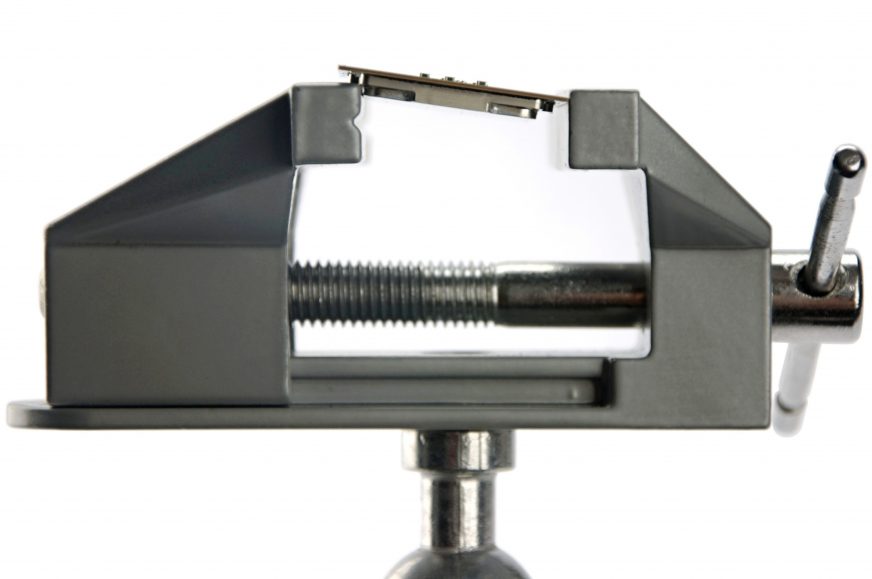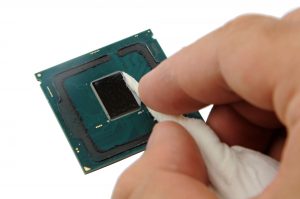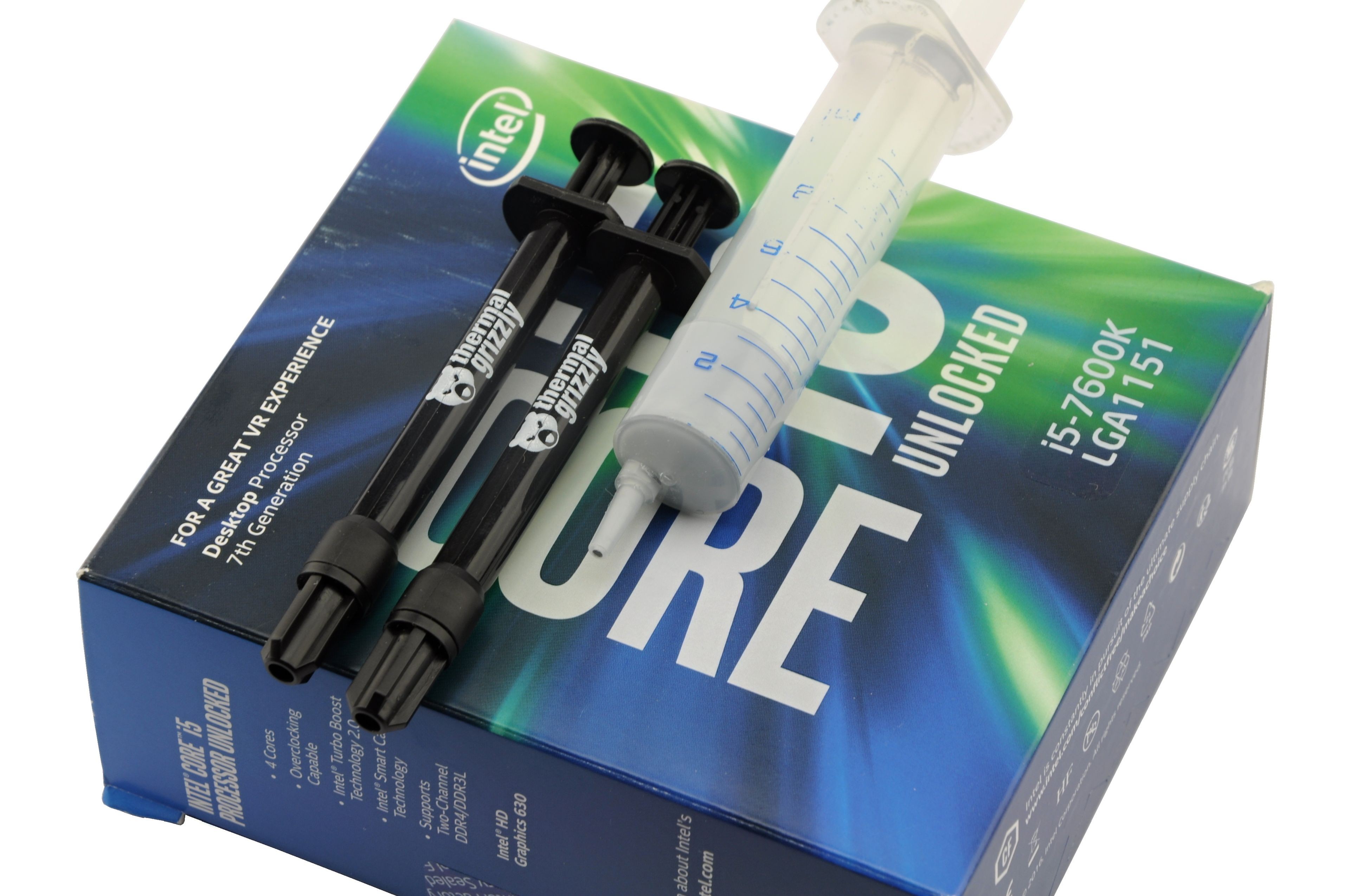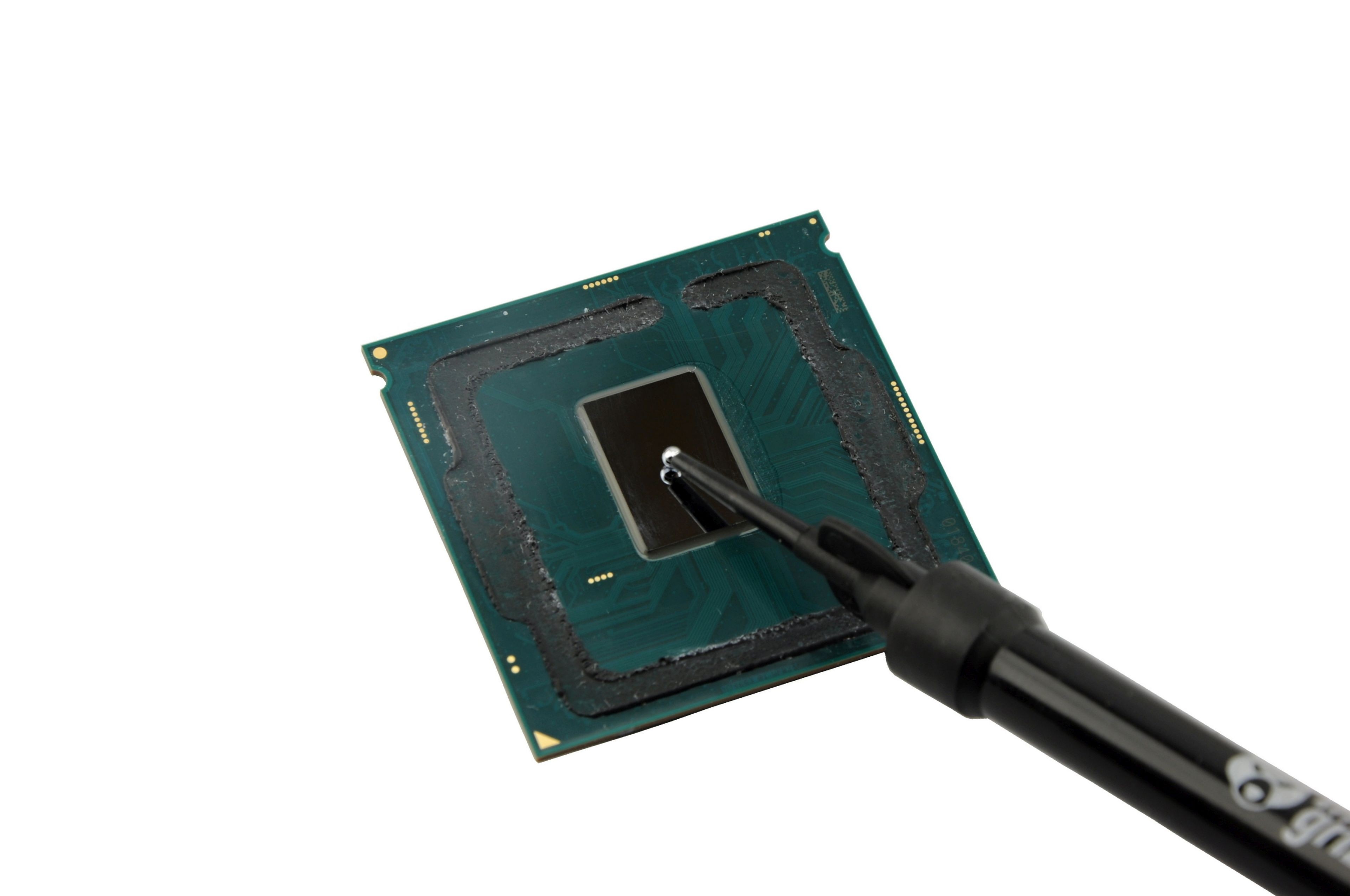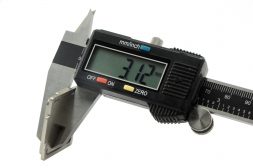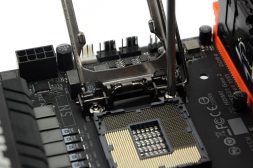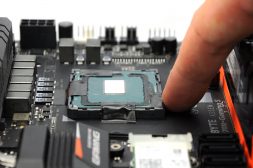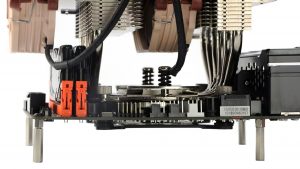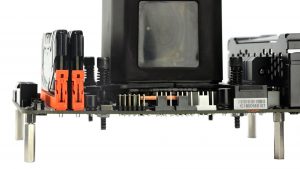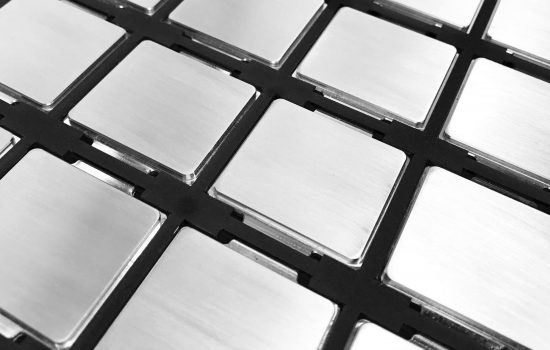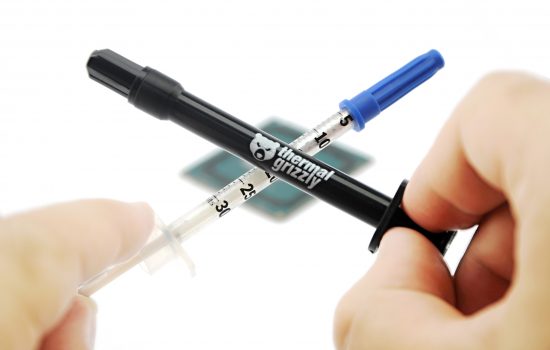Installation/uninstallation + test procedures
Is it enough to replace the default paste, or should you consider an uncompromising solution like a liquid metal? Does it pay off to try your luck and experiment with on-die cooling? You will find the results of tests of all relevant combinations in this article. We also monitored how can the behaviour of a liquid cooler and a traditional air cooler affect the performance.
Dismantling
Before you start taking your processor apart, it is very important to prepare properly. It is a quite expensive game with one attempt only. But if you do not underestimate anything, the risk of a failure is almost equal to zero. First of all, we strongly recommend avoiding razor blades, especially to people without any previous experience. The processor could get easily destroyed.
You do not have to buy expensive tools designed exclusively for this purpose, but acquiring some small vice would be a good idea. It is significantly cheaper and it will do just fine. Also, you can use it in future for something else. However, its jaws must have perfectly flat pads and span of at least 36 mm. Naturally, any projections would damage the PCB under pressure. Fasten the processor carefully between the long side of the heatspreader and the edge of PCB at the smallest possible angle. While slowly tightening the grip, you need to either hold it by hand or fix it by a rubber band, otherwise both parts will scatter when the jointing compound is cut off.
After separating the IHS, we can clearly see not only the hard consistency of the paste, but also that Intel puts there more than it would be appropriate for an area that small. We know from our own testing that too much paste on the chip has negative effects on the heat transfer (more negative than a surplus on IHS). For cleaning, we used Isopropyl alcohol which is the most gentle among all solvents.
In addition to the original paste, it is also good to remove the remains of the adhesive foam. This requires more aggressive methods because a simple cloth will not get the job done. Therefore, if you do not plan to re-stick it at the end, it is enough to clean the heatspreader contact area. Messing around with a razor blade near the PCB calls for trouble. If for some reason you are not satisfied with the hold of the IHS by the force of the fixation clasp of the socket, neutral silicone is suitable for restoring the rigid connection. For other products, make sure that they won’t damage plastics.
What we were testing and how
To determine the degree of limitation of the original paste, we used the Thermal Grizzly Conductonaut liquid metal and the standard paste Arctic MX-2. We created six combinations that are worth considering. We tested the processor without any modifications with the original ineffective paste and with the MX-2 on the IHS first. After dismantling the IHS, we tested with the MX-2 on the chip (in the chart labeled as 2 × MX-2). We also used the Thermal Grizzly Conductonaut on the chip in two modes: MX-2 on the IHS (TGC + MX-2), and with TGC on the IHS (2× TGC), of course. And finally, we put the coolers directly on to the chip with TG liquid metal and then with Arctic MX-2.
We used two different coolers in the tests – Liquid AIO Alphacool Eisbaer and Noctua NH-D15. To illustrate how the specific adjustment is or is not reflected in the cooling performance loss, each of the adjustments was tested with 12 V and 5 V, which also determines the difference between quiet and noisy running. We simulated the burn in IntelBurnTest (10 GB) for 500 seconds. We repeated every test twice (new installation included) to make sure that measured values match. The intake air temperature was 21 – 21.3 °C, ensured in our air-conditioned lab.
Our victim was Core i5-7600K, overclocked to 4.9 GHz (our chip could not handle more with the voltage that is relevant for the tests) with Vcore set to 1.4 V. Testing configuration was Gigabyte Z270N Gaming 5 and G.Skill Flare X (3200 MHz/CL14) with XMP on. We did not use a graphics card, iGPU was enough.
Installation
Arctic MX-2 was applied as a thin line along the chip. The liquid metal was applied by spreading a small drop over the entire area of the chip with the supplied cotton stick. The same procedure had to be done also on the side of IHS. The adhesion of the liquid metal to the contact surfaces is very low compared to standard pastes, thus it would limit the heat transfer. You can get the idea of where to create a smooth layer on the heatspreader by putting the IHS to the chip. It leaves a trace on it.
One option is to not use the heatspreader at all. But be aware that choosing this path means danger behind every corner. Coolers manufacturers usually do not count with on-die cooling, so the mounting accessories need to be adjusted accordingly. Specific modifications differ with each cooler, but the first thing you should find out is the exact thickness of the heatspreader. It determines how much closer to the chip the cooler has to be. If you fail to do it right, the contact areas might not even touch, which is the better case, or the worst case scenario – you will destroy the processor with too much pressure. Be especially careful when mounting on fragile edges. To prevent damage, you can stick thin rubber washers around the chip.
Installing the cooler on the chip also requires the removal of the fixing frame. This is due to the fact that its edges are higher than the chip itself. After this operation, the processor is not secured in the socket anymore. This complicates the assembly and disassembly process, so it helps to connect its edges to the motherboard with an insulation tape.
Modifying the Noctua SecuFirm mounting kit (and any other similar kits) is laborious, but relatively safe. It requires shortening the spacing pillars (to 7.75 mm) and putting the pads on each of the backplate legs before the installation, which compensates the spacing on the other side too (under the socket). With Eisbaeri, we did not need to adjust anything. It was enough to fetch the longest screws (standard for the AMD sockets), to not use the backplate, and to secure the block from below the motherboard with nuts. This procedure is a bit more risky and quite difficult to execute for just one person. The situation requires you to keep pressure on the middle of the base (the first screw pulls it to one of the corners) and at the same time to put nuts on the first threads.





